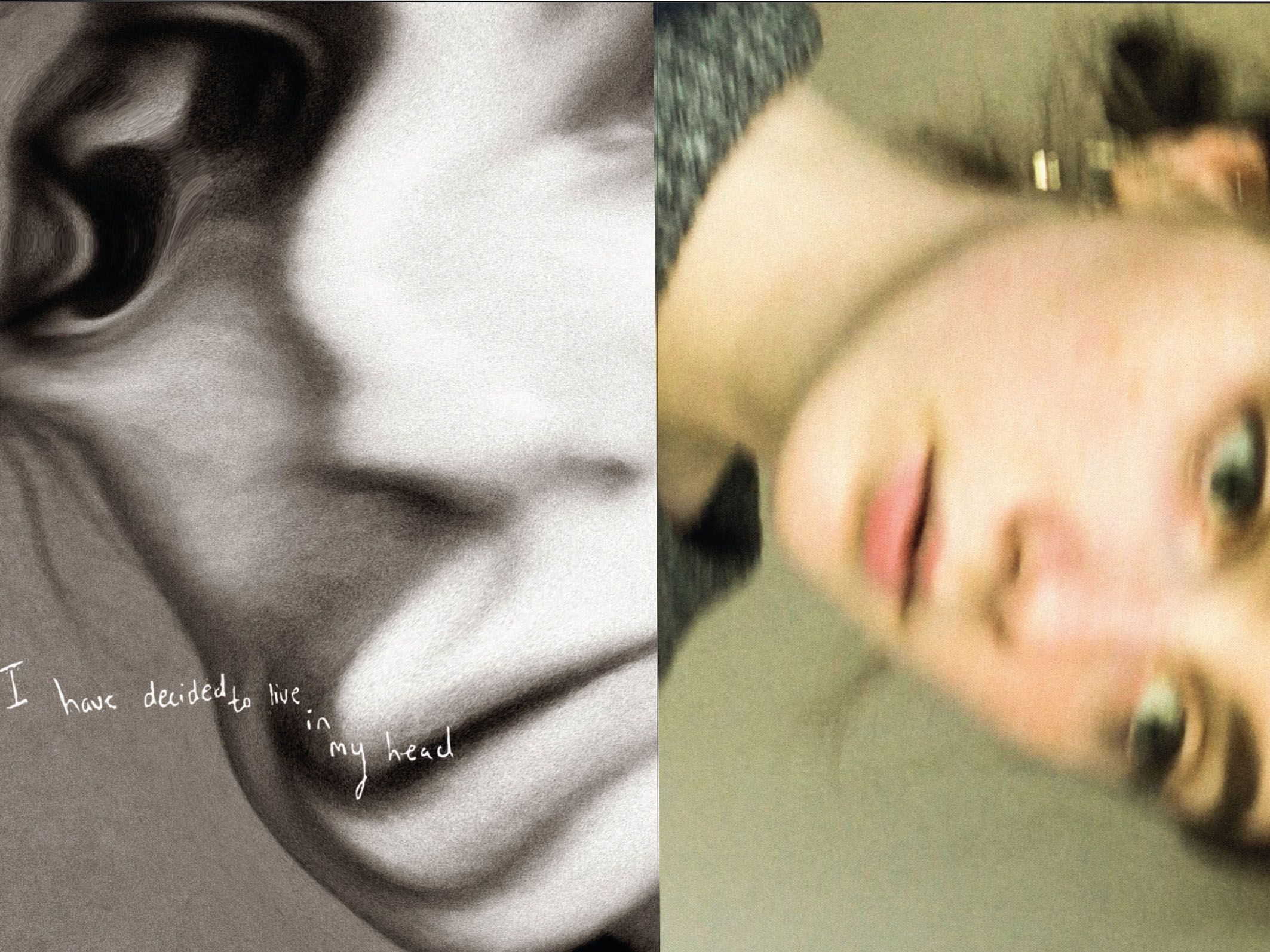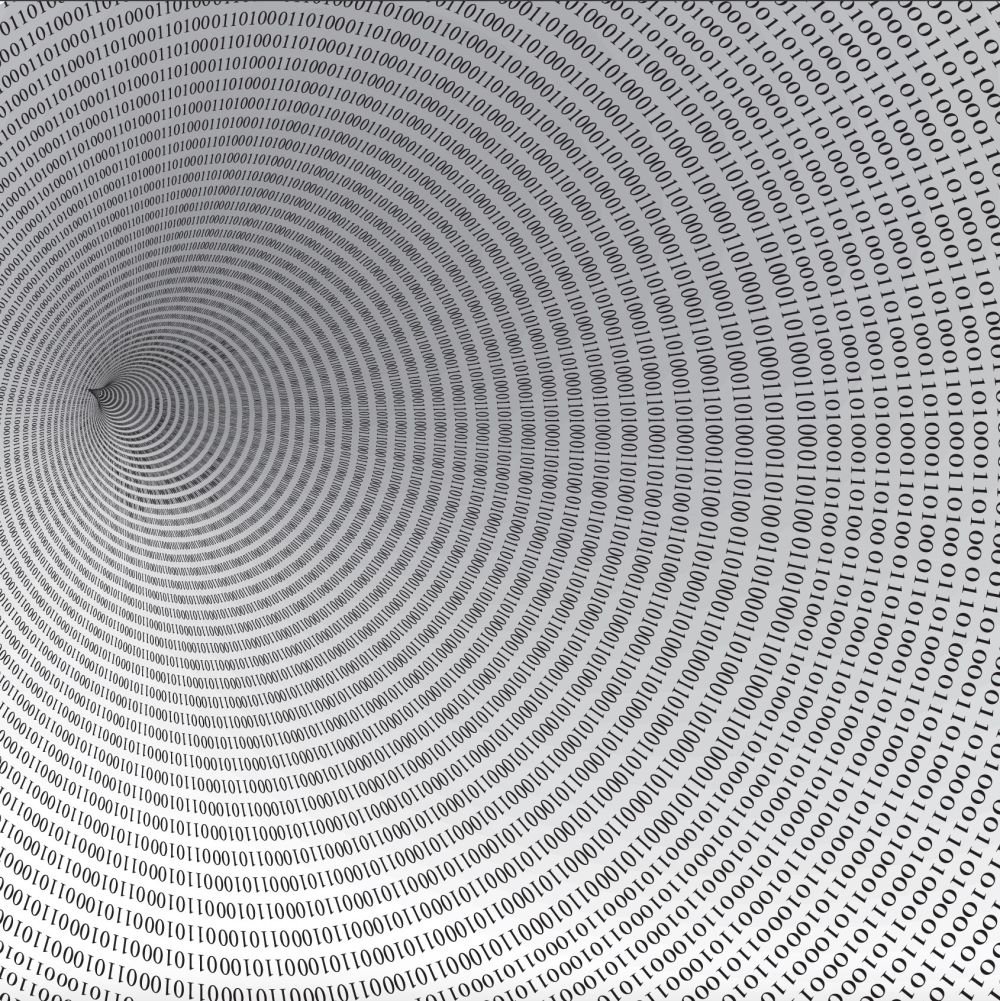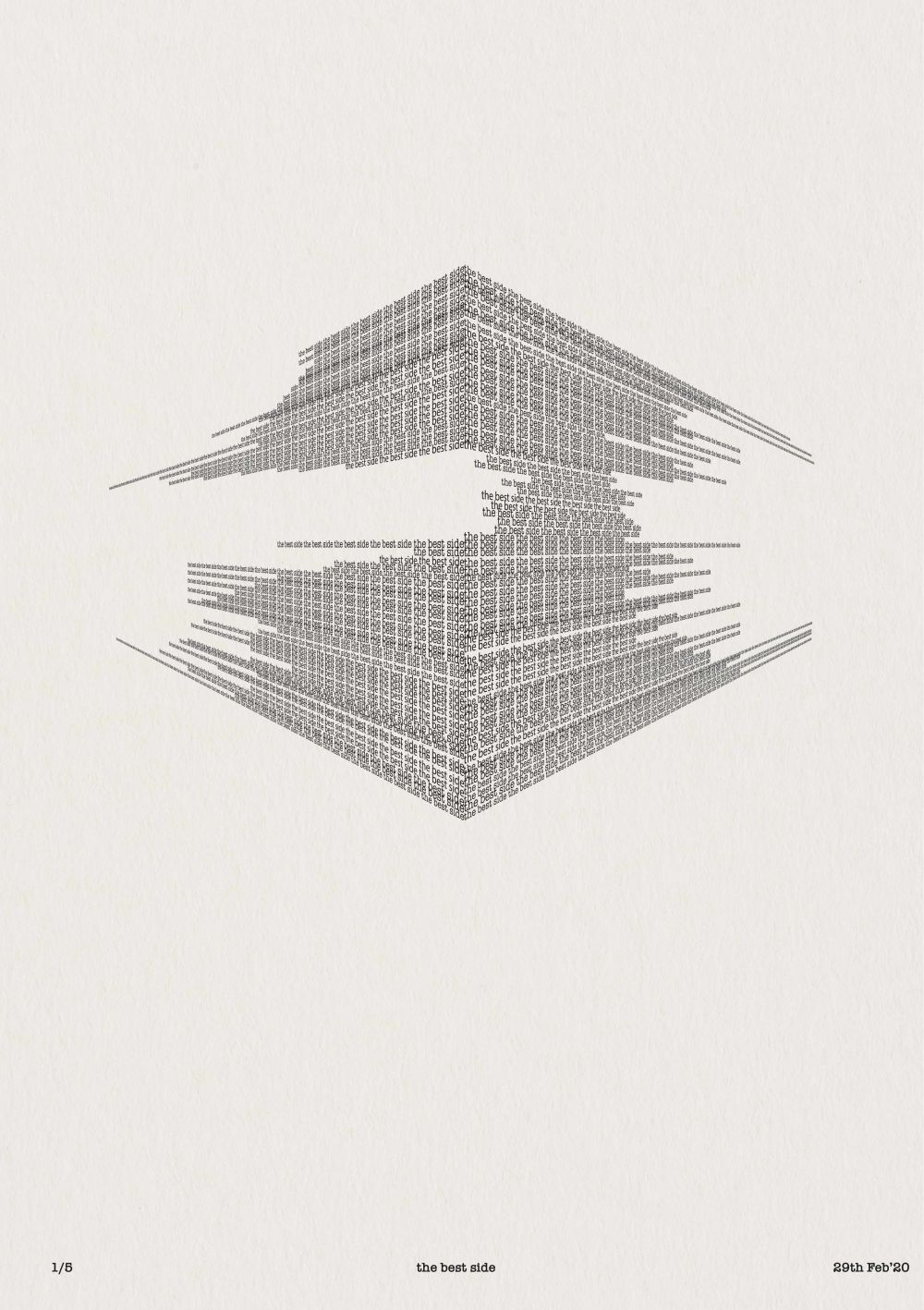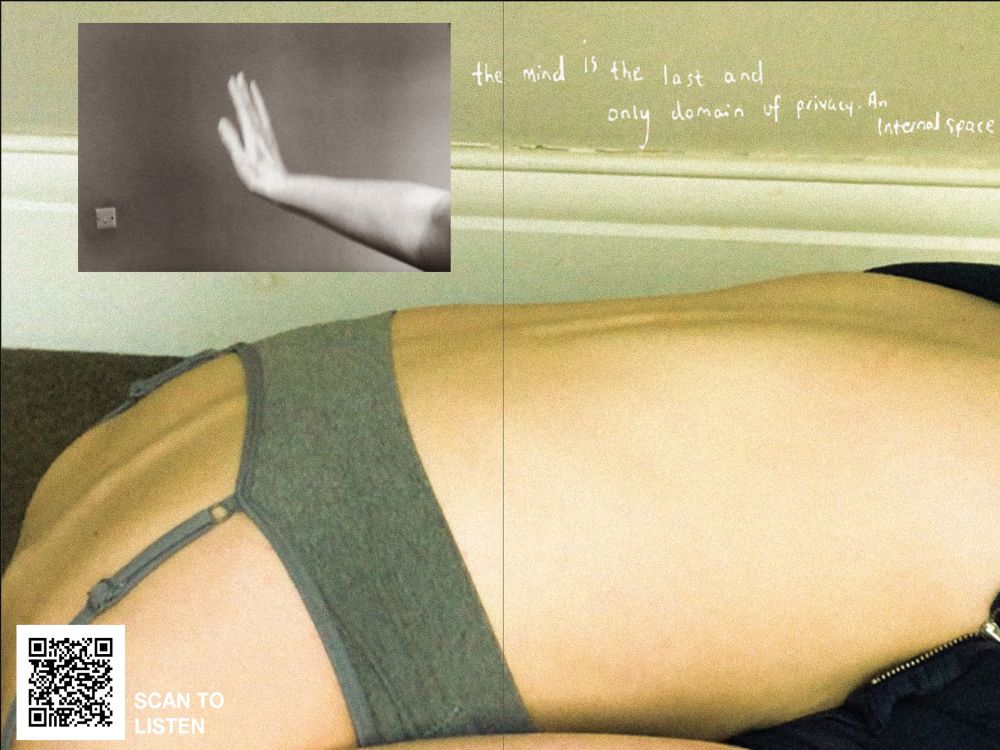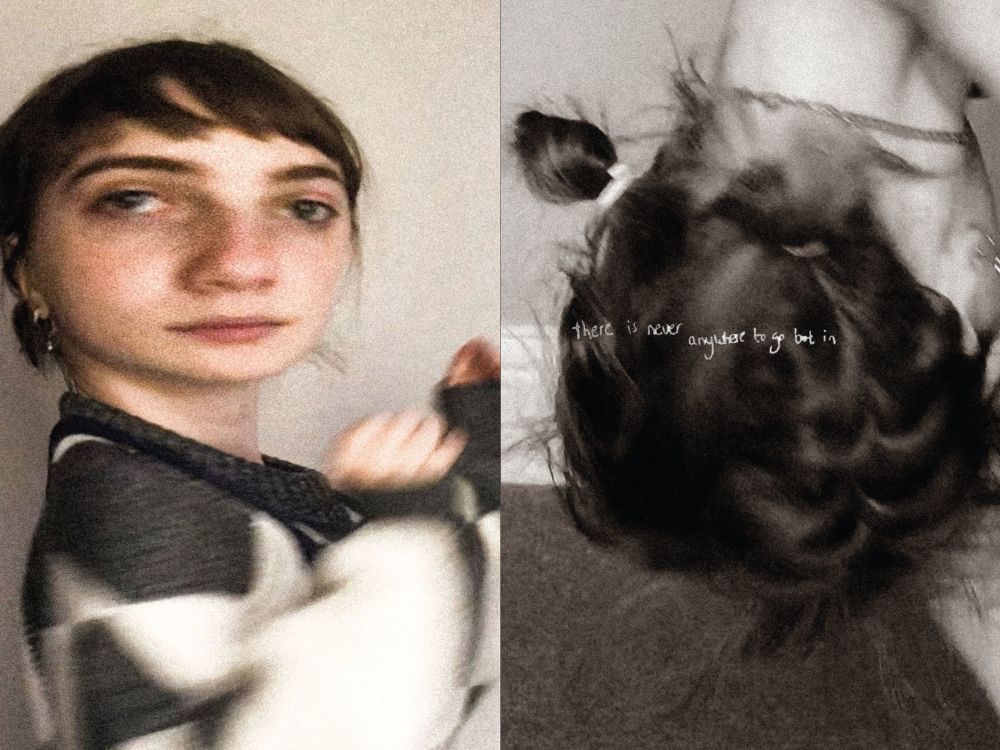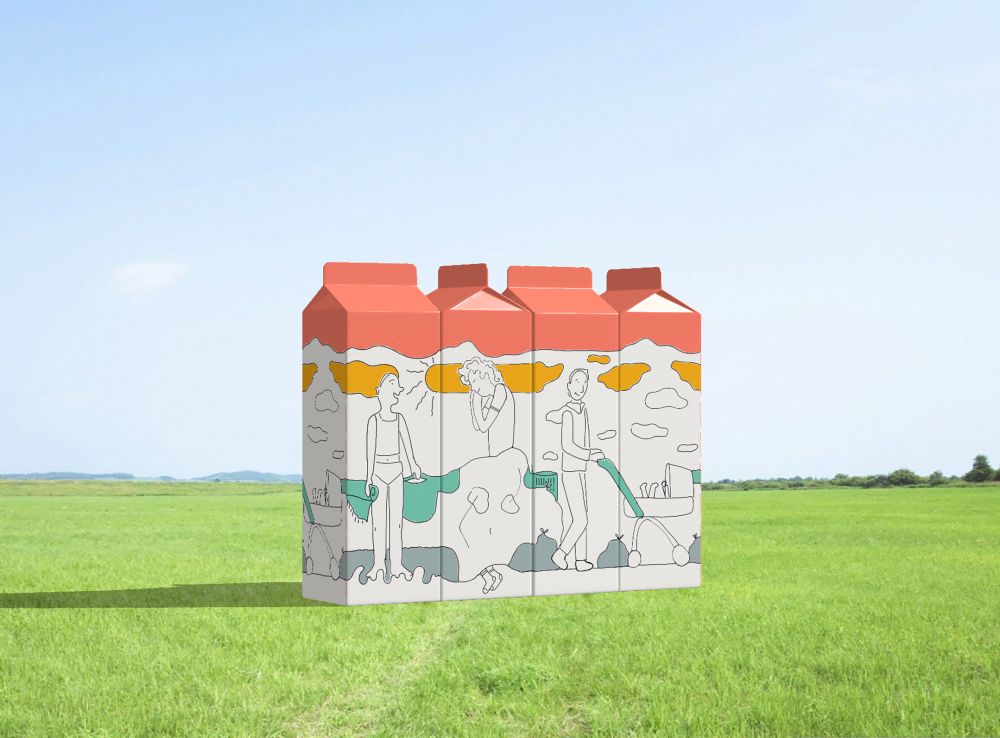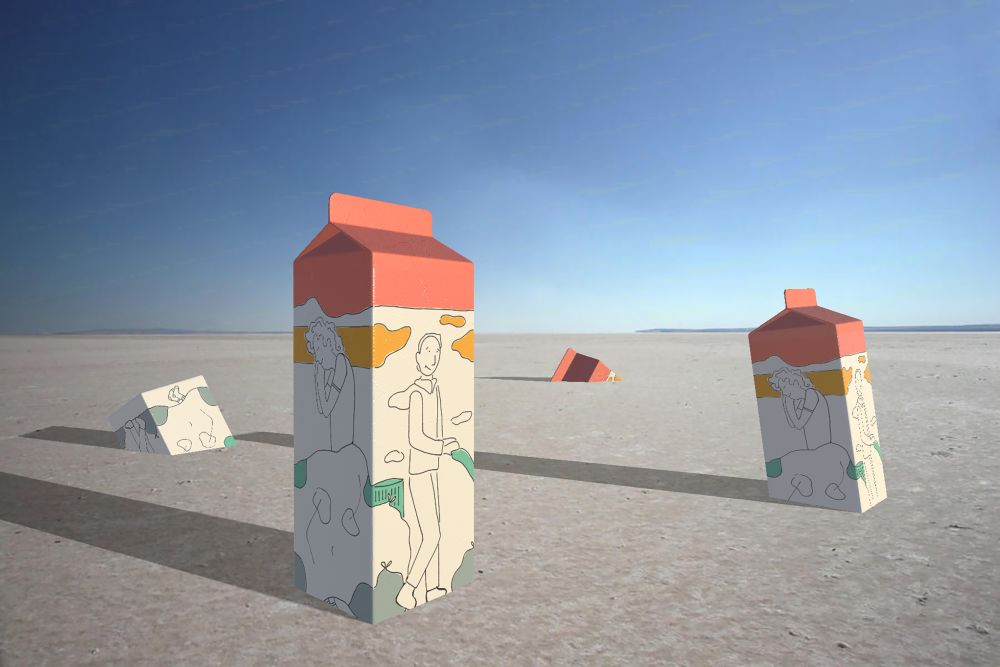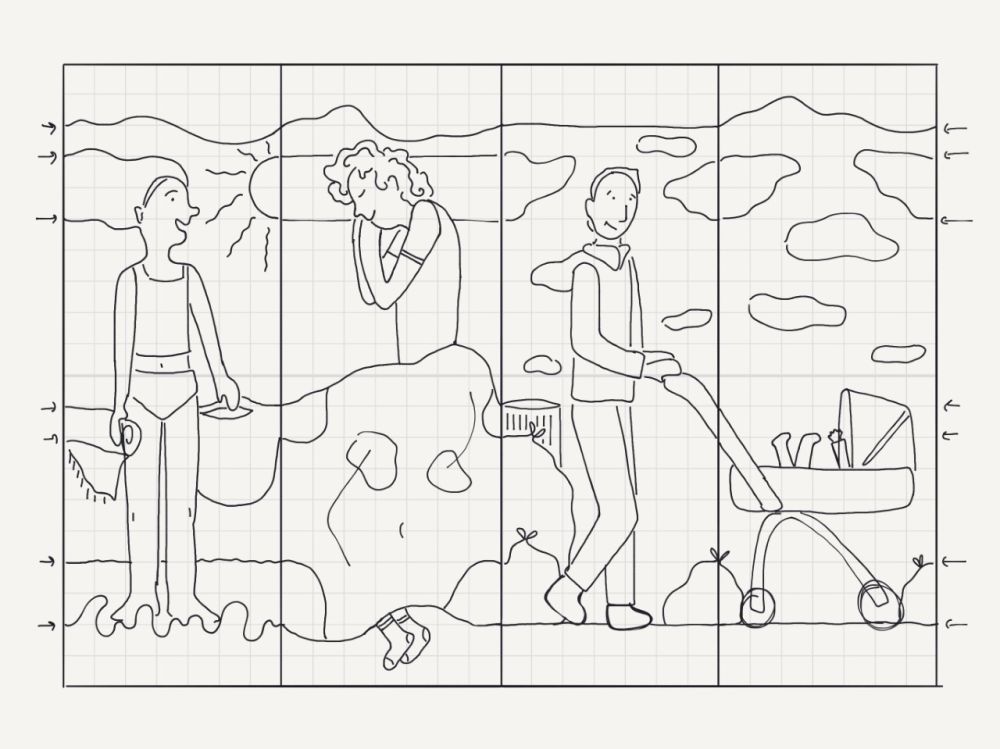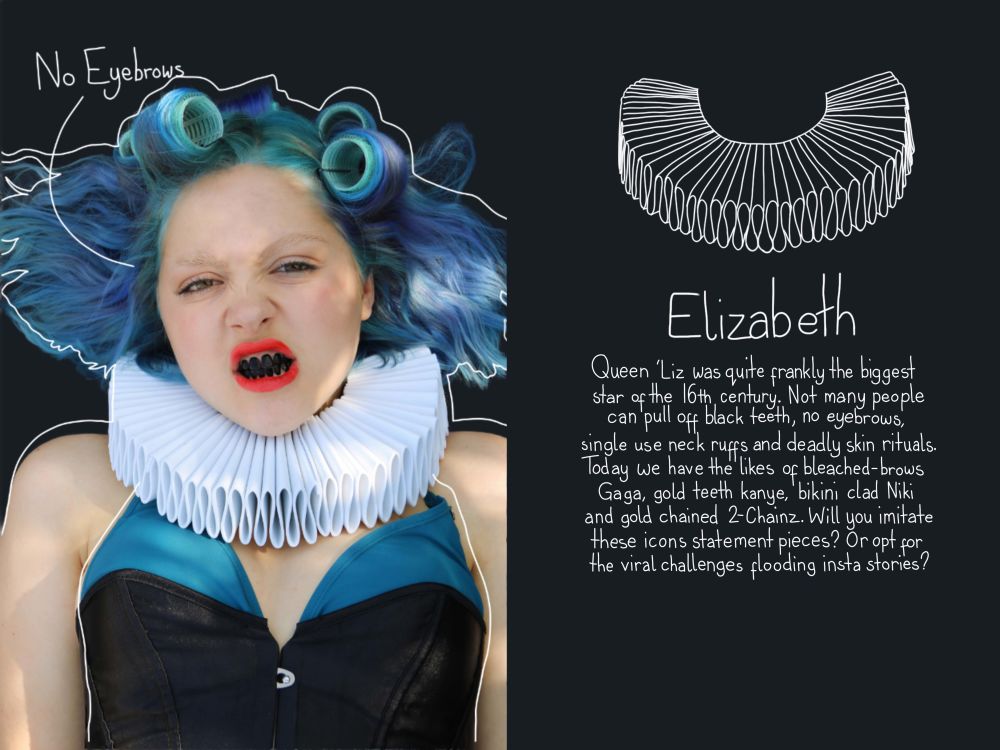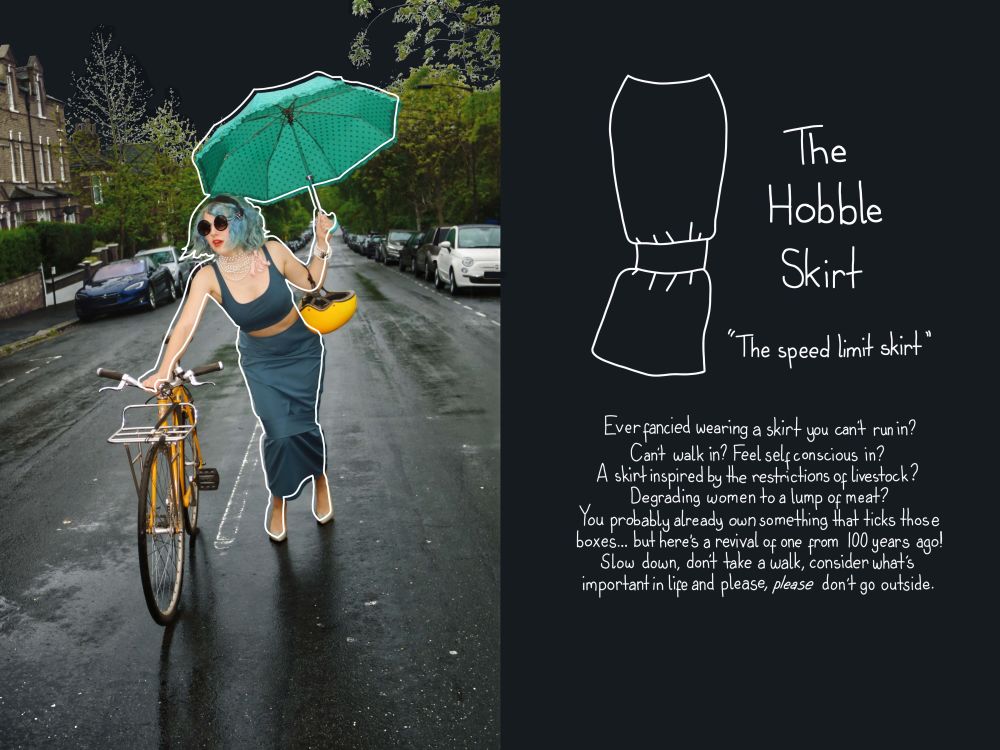As our 2020 Foundation students head to the next stage in their creative education, we catch up with them (and their tutor) to hear about their final projects and look back over a year unlike any other.
"Our amazing students continued to make work even though our workshops closed due to coronavirus," says Lucy Alexander, Curriculum Area Leader for Graphic Communication Design:
They adapted their projects and their tools, they adjusted their expectations and their ambitions, but they didn't give up. The work that has emerged from this extraordinary time is in itself extraordinary.
So many have engaged directly with what is going in the world just now, their projects reflecting back their experiences, their feelings, their hopes and their humour. We are immensely proud of them and what they have managed to achieve.
"The students here have been selected primarily for the innovation and resourcefulness they have demonstrated in adapting to the situations they have found themselves in. In many cases, they have also allowed the global effects of the coronavirus pandemic and their particular experiences during this time to inform their work. To be able to adjust their projects and their ways of working so quickly and to have found ways to remain receptive, responsive and creatively productive in a time of global challenge is really remarkable.
"Sarah Tabbara’s final work, initiated during a 2-week period of quarantine with her brother, looks at widespread behavioural shifts that are arising as a result of coronavirus. Eloise Thomas’s project evolved from an examination of escapism in club culture to a much more introspective look at the small ways in which we can find escape and refuge in everyday life. And Esme Solomon has had to draw on all her resources to make her styling and photography project happen – engaging her mum as photographer and casting herself as model!"
Aayushi Hariharan, Wandering Poems
In response to statistics on mental health, Hariharan presents positivity through an exploration of concrete poetry that encompasses Latin script, binary and braille.
"I was planning to visit the Victoria & Albert Museum for some textile inspiration as I was going to knit a blanket or a cushion but after lockdown I decided to complete my idea mostly digitally. Those restrictions actually taught me that you can create innovative work from basic materials you might, at first, think of as scrap. I would never have thought of making a Braille sculpture using cardboard and a safety pin."
Eloise Thomas, Distraction
Through the use of distorted photography and sound design, Thomas wanted to convey the human tendency to seek distraction and relief from reality, despite still being part of it.
"My starting point was rave culture and the way people let themselves go with the feeling you get in this completely nocturnal, sensory atmosphere. Isolation took my project on a u-turn because all the clubs suddenly shut down. Even if I wanted to devise that same setting at home I still would’ve needed a lot of people to display a sense of collective escapism. I tried to do this through an Instagram DJ live-stream involving people dancing to the live DJ sets in their own homes, and it was a cool thing to do but there was nowhere else to go with it.
"So, I started thinking about how isolation itself is a form of being distant from reality. I wanted to visually translate a feeling that no one can really describe, the in-between moment of falling into a different headspace. As the work went on, it became more spontaneous and intuitive, a form of escapism for me. The project became more about 'well I don’t have external resources any more so I’m just going to focus on the process and the way the work makes me feel and how the way I feel affects my work rather than just thinking I need to make this, this and this by that deadline'.
"It ended up being about trying to answer the initial questions through the process of the work rather than having the answers to the questions displayed through the outcome... if that makes sense?"
Sarah Tabbara, Faces at the Breakfast Table
Before mobile phones notifications existed, reports of missing children appeared on the sides of milk cartons, they were products guaranteed to reach the masses at their kitchen table. This mechanism ignited Tabbara's interest in the use of packaging as communication, to spread a message.
"I think it is worth remembering how the current circumstances have affected social norms. The personas I created embody our newly acquired attitudes: the social (media) distancer, the clean freak and the loner. The interaction I want people to have with these objects is self-recognition; I want them to see themselves in these generalised yet accurate representations. This series includes a sense of irony since these personality traits were once considered weird are now considered our new normal."
Sarah Tabbara will begin BA Graphic Communication Design at Central Saint Martins next year.
Esme Solomon, Fashionably Late
Solomon's work explores fashion trends through history, placing them in a contemporary context to highlight their impractical absurdity.
"I show how trends are constant and repeat over time, that human nature hasn’t changed much. Being in isolation allowed me to focus completely on my project, my outcome format changed multiple times and I inevitably became my own model. It was difficult when shooting images because I had to direct myself and my mum who was the photographer. Ultimately, I think isolation assisted my project because there weren’t many other distractions and I was thankful to have something to put my energy into."
